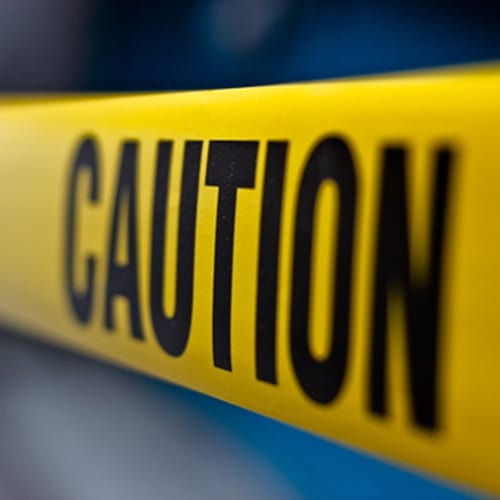Shipyards are potentially dangerous places if not inspected and safeguarded properly, and it is crucial that operators promote safety standards that could reduce risks. An Occupational Safety and Health Administration (OSHA) instructional document from the United States Department of Labor, published in 2011, specifically concerns the way that enclosed or confined spaces in shipyard facilities should be regulated to keep employees safe.
The document highlights the differences between an enclosed space and a confined one: The latter refers to areas that "create or aggravate a hazardous exposure" due to their small size, while the former includes spaces that are covered by a bulkhead or other overhead shelters. Both could pose regulatory difficulties.
Before employees enter these areas, certain procedures need to be performed to ensure safety. As denoted in 29 CFR (Code of Federal Regulations) Part 1915, Subpart B, all spaces need to be visually inspected, and tested for oxygen content and possible toxicity. In some cases, an unfit space may need to be marked as being "Not safe for workers."
Other possible chemical hazards that could be present in tight spaces include corrosive or flammable agents. The document advises consulting a Marine Chemist or Certified Industrial Hygienist to verify safety in these places.
However, a competent person who lacks official certification but is otherwise deemed capable of recognizing exposure risks is also an option in certain cases. If a major environmental change occurs that would make a certain space more vulnerable, then work has to stop until a new inspection confirms the area is now in acceptable condition.
Employers are protected from financial disaster when an accident takes place if they use marine insurance. Just as proper training and management will keep employees safe, the right insurance considerations are needed for operators to avoid catastrophes.

